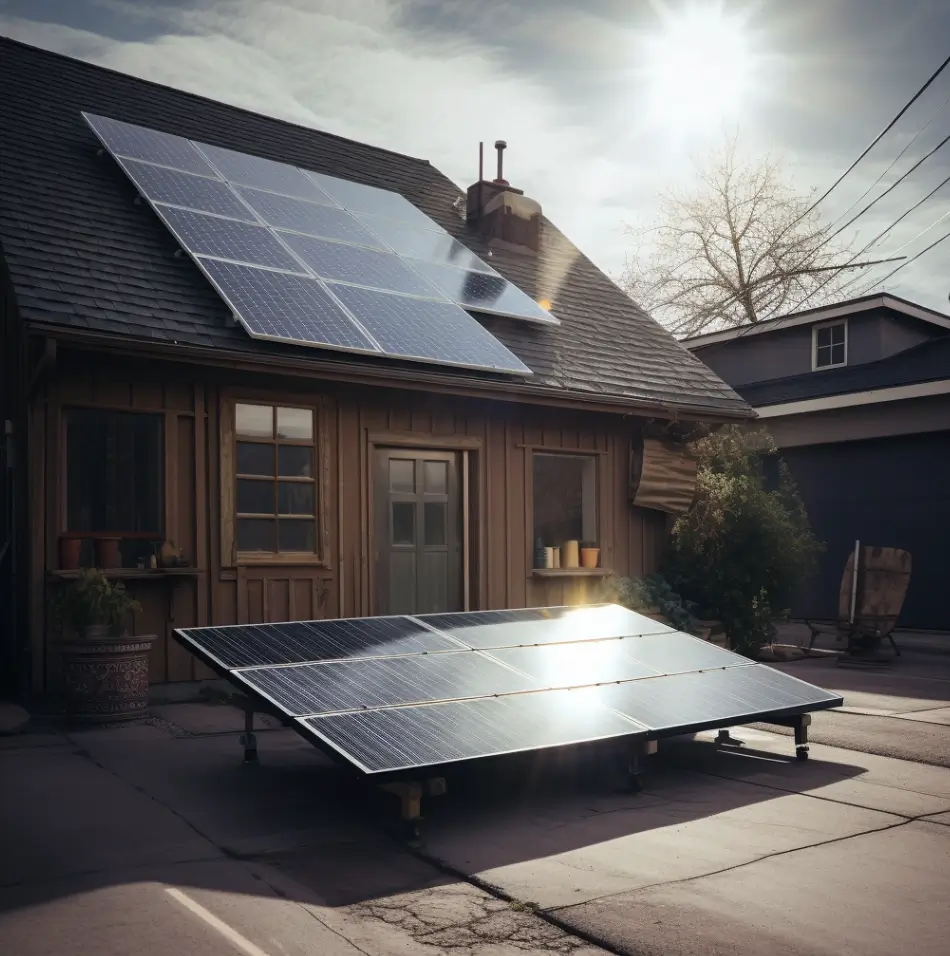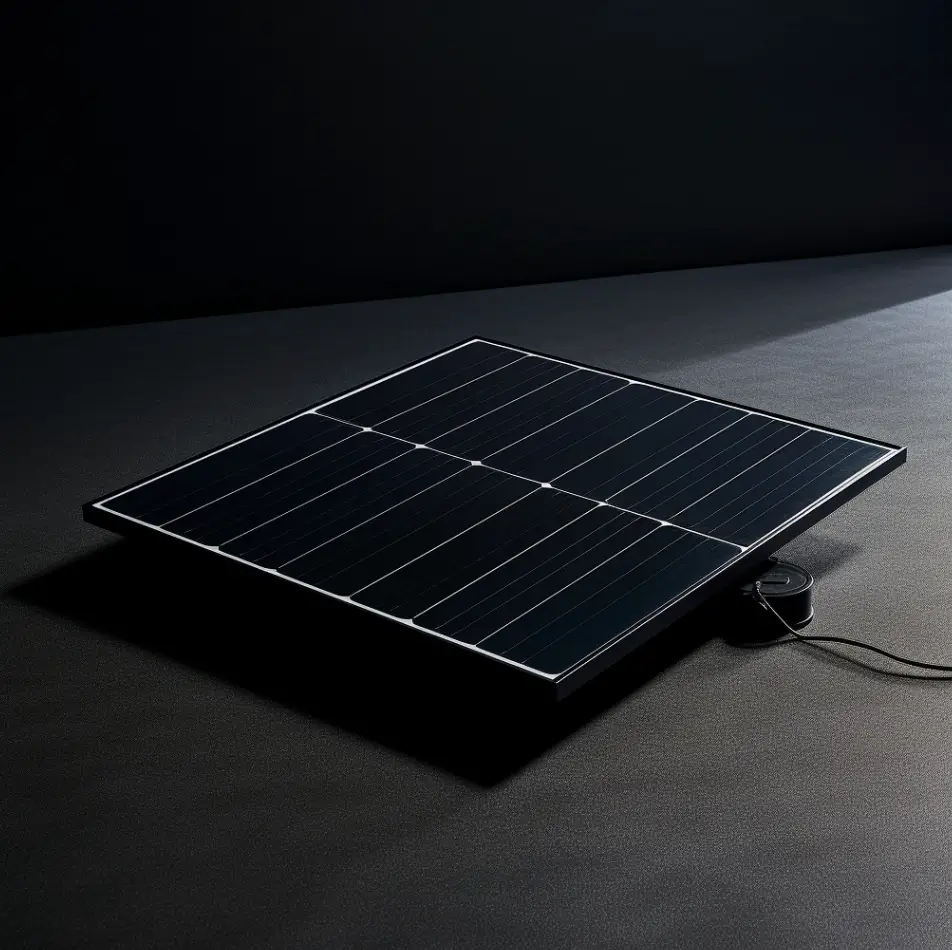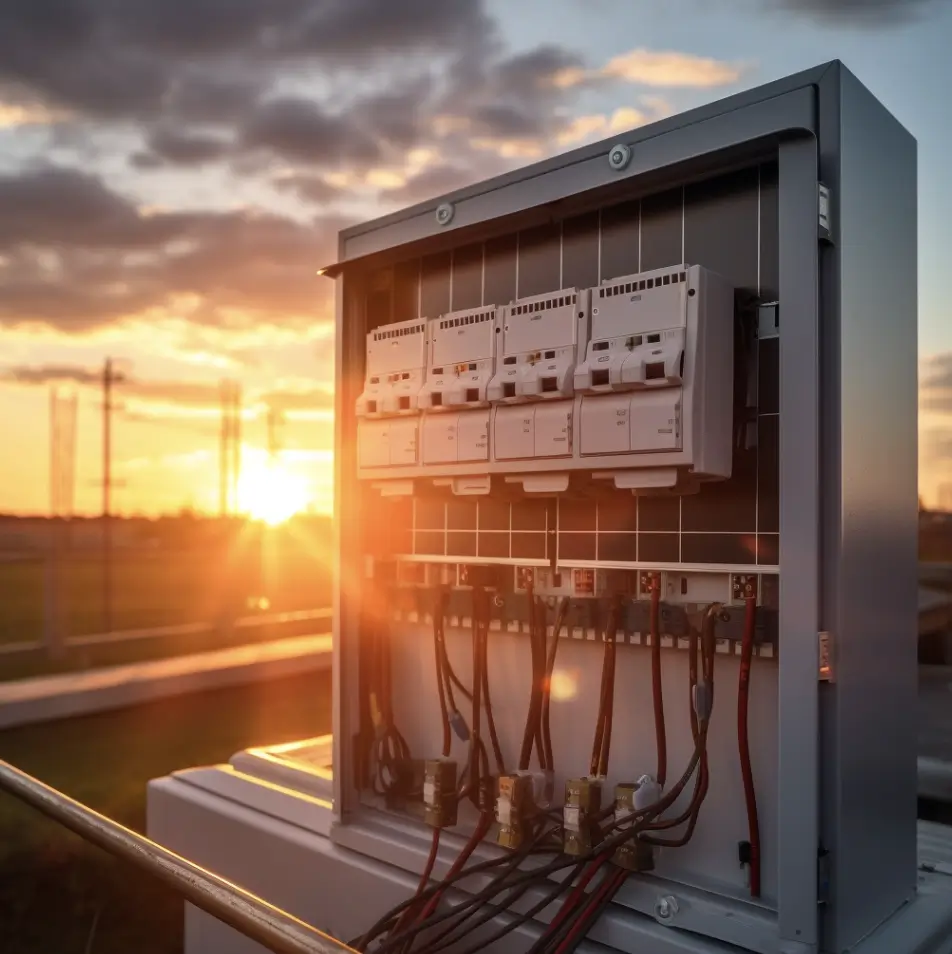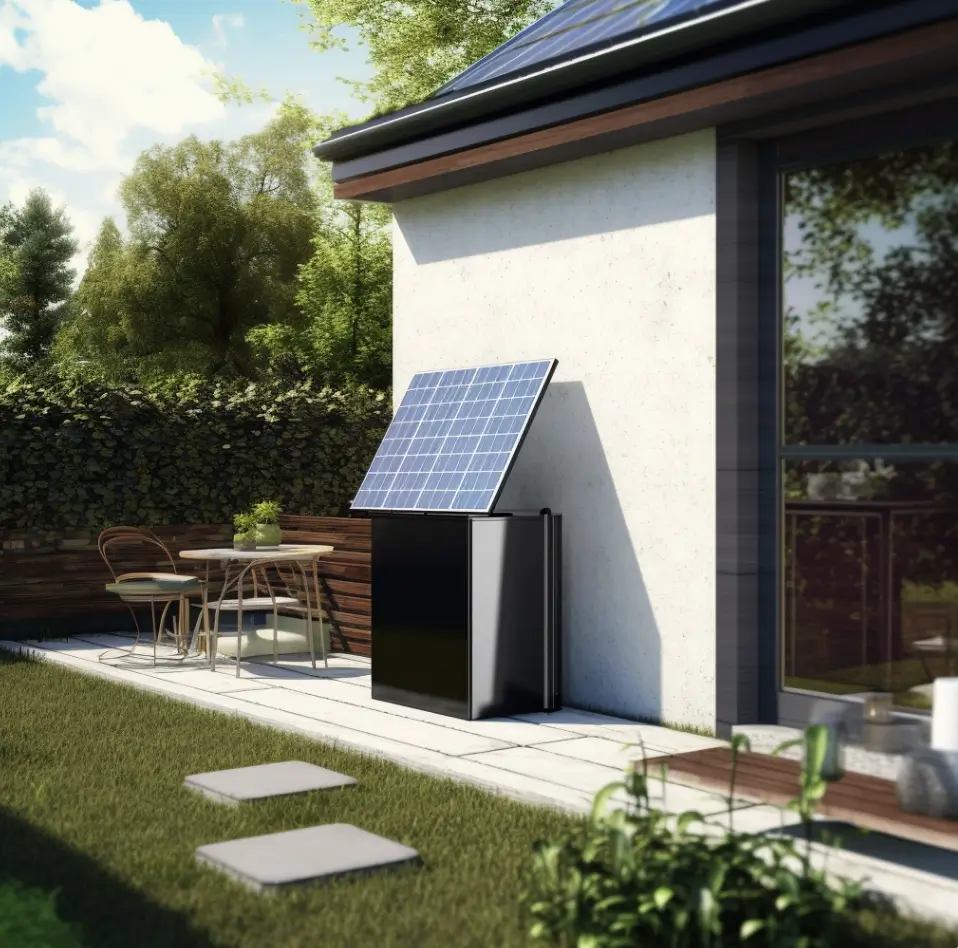In the quest for sustainable energy solutions, connecting solar panels directly to your house is a rewarding endeavor that not only reduces your carbon footprint but also puts you in control of your energy production. In this blog post, we’ll guide you through the process, answering common questions such as “How to connect solar directly to your house” and providing insights into connecting solar power to your breaker box and solar generator to your home.
Before diving into the installation process, evaluate your energy needs. Consider the average daily electricity consumption in your household to determine the number of solar panels required for optimal energy production.
Select an ideal location for your solar panels. The roof is a popular choice, but ground-mounted options are also viable. Ensure that the chosen location receives ample sunlight throughout the day and is free from shading to maximize energy output.

Solar inverters play a crucial role in the connection process. They convert the direct current (DC) electricity generated by the solar panels into usable alternating current (AC) electricity for your home. Choose between string inverters, microinverters, or power optimizers based on your system design and efficiency preferences.
After installing the inverters, connect the solar panels to your main service panel. This involves wiring the inverters to the breaker box to seamlessly integrate solar-generated electricity with your home’s existing power supply.
Before connecting solar panels to your house, it’s essential to obtain any required permits from local authorities. Compliance with regulations ensures the safety and legality of your solar installation.

Connecting solar to your breaker box doesn’t need to be difficult. Here are the steps you need to know to get started to connect solar to your house with a breaker box.
To connect solar power to your breaker box, install a dedicated solar circuit breaker in the main service panel. This breaker isolates the solar system from the grid during maintenance or emergencies.
Once the solar circuit breaker is in place, connect the solar inverters to the breaker box. This involves running wires from the inverters to the designated breaker spaces in the panel.
Prioritize safety by installing appropriate disconnect switches. These switches allow you to shut off the solar power system during maintenance or emergencies, ensuring the safety of both your household and any maintenance personnel.

Confirm that your solar power system complies with local electrical codes and regulations. Compliance is crucial for the safety and functionality of your solar installation.
Curious about connecting solar to your house with a solar generator. Here are the steps to get started.
If you’re using a solar generator, select a location with access to sunlight. Solar generators often consist of panels and a separate generator unit, so position the panels in a sunny area while keeping the generator in a convenient and accessible location.
Connect the solar panels to the solar generator unit. Follow the manufacturer’s instructions for wiring, ensuring a secure and stable connection.

After connecting the solar panels to the generator, connect the generator to your house. Some solar generators come with standard household outlets, making the connection process as simple as plugging in your devices.
Regularly monitor the performance of your solar generator and conduct routine maintenance as recommended by the manufacturer. This ensures optimal functionality and extends the lifespan of your solar power system.
Connecting solar to your house is a rewarding venture that empowers you to harness the sun’s energy for a sustainable and cost-effective power source. Whether you’re integrating solar panels directly into your home’s electrical system or utilizing a solar generator, following these steps will guide you through a seamless and successful connection process. By taking control of your energy production, you not only reduce your environmental impact but also enjoy the benefits of renewable, clean energy in the comfort of your own home.
Powered by Healthy Digital | Privacy Policy
Proudly Serving, Denver, CO, Colorado Springs, CO and surrounding areas.